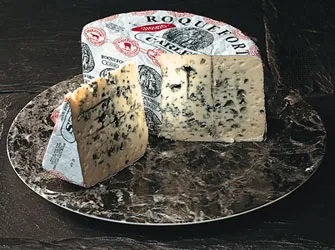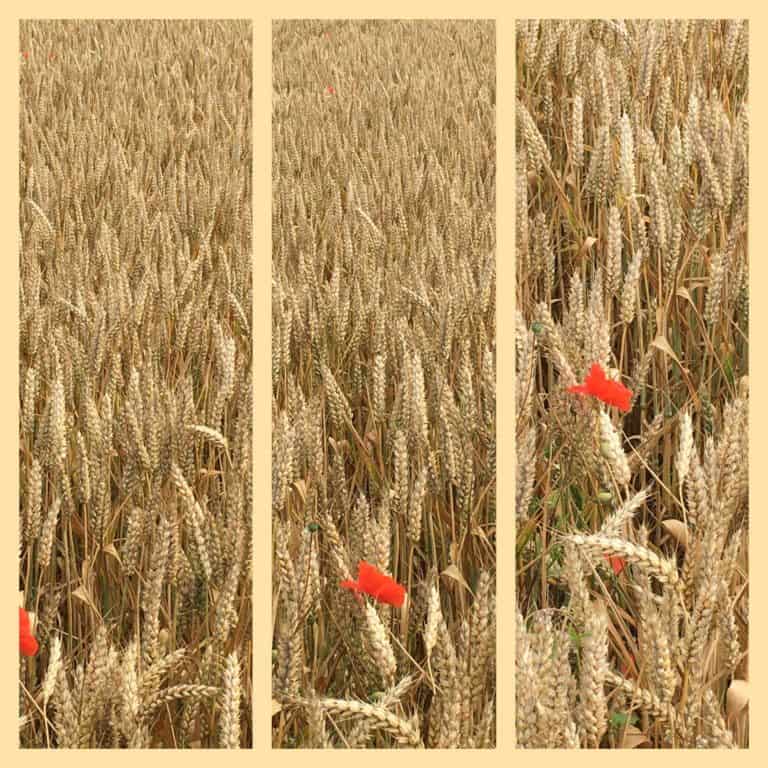How to taste wine in 4 easy steps
Tasting wine in 4 easy steps
Wine is the gift of gods, Bacchus in particular. The ancient Greeks argued that wine reflects the peculiarities of the national flavor of the country where it is produced. One can only enjoy wine if one knows how to taste wine by following these 4 easy steps.
Each individual wine carries its own special taste and aroma. Unfortunately, many people do not know how to drink it properly and therefore cannot fully enjoy the “beauty” of the wine bouquet. Follow a few simple rules to really enjoy the taste of wine. Many people do not enjoy the taste and aroma of good wine as they have not yet mastered the art of wine tasting and do not know how to taste wine.
Try these 4 easy steps:
Tasting wine Step 1
Fill the glass to a quarter of its volume. The best glasses for wine tasting are semi-ellipsoid (tulip glass), with a volume of 210-225 ml. The tasting glass must be clean and dry.
Tasting wine Step 2
Appreciate the wine per eye. First, it must be transparent. Cloudy sediment or the presence of carbon dioxide bubbles indicate that the wine is of poor quality or spoiled. Note the color. The brighter and richer the color of red wine, the younger it is. Over the years, red wines become brighter, while whites on the contrary become more intense in terms of color. Tilt the wine into the glass: the thinner the residue on the glass, the better.
Tasting wine Step 3
Enjoy the wine smell. To do this, first, sniff the wine, then turn the glass (swirl the wine in the glass) and sniff a second time. The stronger the flavor, the richer the wine bouquet. Young wines give almost no smell, because their aroma is not yet ripe, it is very fragile and fine. Enjoy the aroma of good wine to the fullest, think of the impressions it causes in you, or you can describe it in words.
Tasting wine Step 4
Taste the wine. This is the last phase of wine tasting. The first swallow should be sufficient to feel the taste with the entire inner surface of the oral cavity, as we perceive different tastes using different receptors. Sweetness is felt at the tip, sour at the sides, bitterness at the root of the tongue. After tasting the wine, notice how long the palate retains its flavor. A good wine leaves a lasting aftertaste. If the young wine ‘knits’ in the mouth, it is also a sign of good quality, because it indicates that the wine contains a lot of tannins, which gives the wine a long life.







One Comment
Comments are closed.